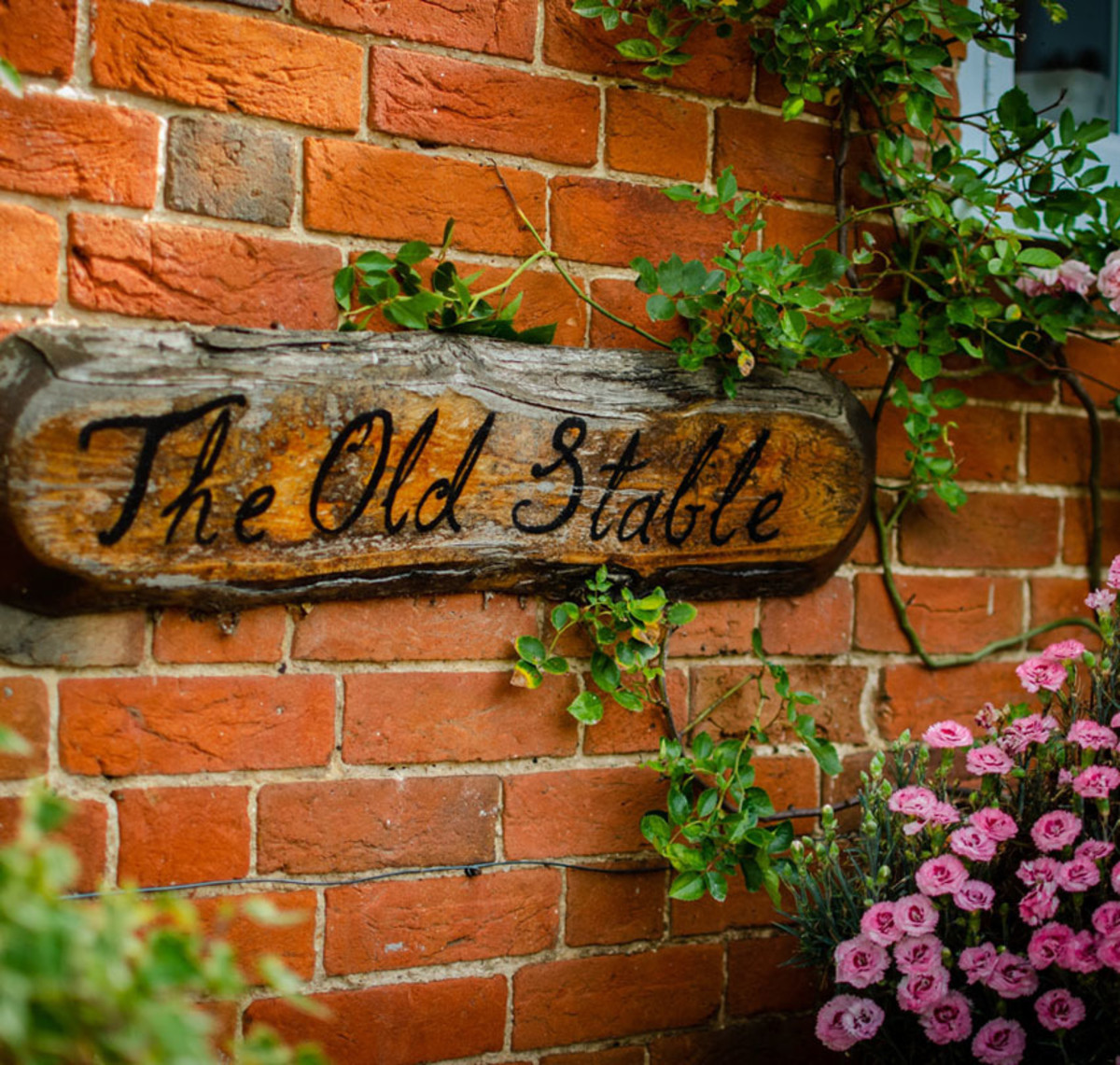Have you ever driven past a house, glanced at its facade, and felt an immediate chill run down your spine? Maybe it was the way the windows seemed to stare at you, or the overgrown garden that whispered of neglect and secrets kept. There are houses that, for reasons we can’t always articulate, evoke a feeling of unease, even dread. This article delves into the psychological and cultural implications of these unsettling homes, exploring why they capture our imaginations and why we might find ourselves avoiding them at all costs.

Image: dengarden.com
The concept of a “creepy house” is a universal one, transcending cultures and generations. It’s a theme found in countless folktales, horror films, and even our everyday lives. What is it about certain buildings that make us shiver, that whisper warnings of things unseen? We’re drawn to these houses, yet fear them at the same time. They represent a fascinating intersection of our fascination with the unknown and our primal instinct to avoid danger.
Beyond the Creepy: A Deeper Look
The unwelcoming aura of a house can stem from a variety of factors, both tangible and intangible.
Architectural Elements: Some architectural styles inherently evoke unease. Gothic Revival homes with their pointed arches and ornate details can feel imposing and melancholic, reminiscent of grand, decaying castles. Similarly, Victorian homes with their dark, shadowy interiors often evoke a sense of history and mystery that can be both alluring and unnerving.
Neglect and Decay: A house that has fallen into disrepair screams of abandonment and neglect. Overgrown gardens, peeling paint, shattered windows – these are all signs that something is wrong. We innately associate these conditions with danger, and our survival instincts tell us to stay away.
Hidden History: Sometimes, it’s the whispers of the past that make a house feel unsettling. Rumors of tragic events, family feuds, or even a house’s previous occupants can create a palpable atmosphere of history and sorrow. We imagine the lives lived within those walls, and the weight of their stories can feel oppressive.
Urban Legends: Folklore often plays a role in infusing houses with a sense of dread. The haunting stories of ghosts, poltergeists, and cursed dwellings become ingrained in our collective consciousness, and even the most ordinary house can become a location for whispered fears.
The Power of Imagination: There’s a powerful psychological element at play when it comes to feeling uneasy in a house. Our imaginations readily conjure up images and stories within those walls, especially when the house itself provides no definitive answers. We fill the empty spaces with our own anxieties and fears, transforming a simple house into a chilling spectacle.
Identifying the Signs
While a feeling of uneasiness is subjective, there are certain common signs that might indicate a house is best left undisturbed:
A sense of isolation: A house standing alone on a desolate stretch of land can feel particularly daunting. It’s a reminder of our vulnerability, and the absence of other human presence amplifies our sense of isolation.
Dark and shadowy interiors: Houses with minimal natural light can feel oppressive and claustrophobic. The shadows cast within those walls become a canvas for our imagination to paint unsettling scenes.
Unwelcoming features: Things like broken windows, boarded-up doors, or a menacing iron gate can create a barrier between the outside world and the house, inviting suspicion and fear.
A sense of being watched: Even without visible signs, some houses seem to radiate an unsettling energy. Maybe it’s the way the windows are positioned, or the feeling that we’re being observed from within the walls. This can evoke a sense of unease, making us feel like intruders in a space that is not meant for us.
Confronting Our Fears
While some houses may genuinely be the subject of local lore or possess a unsettling history, it’s important to remember that we often create our own fears. Our imaginations can amplify the mundane into the monstrous, making a simple house feel like a source of terror. By acknowledging the power of our own thoughts and feelings, we can begin to dismantle the fears that hold us back.

Image: www.pinterest.es
The Importance of Context
It’s also important to consider the context in which we encounter these unsettling houses. If we’re driving down a deserted road at night, our perceptions might be heightened, making an otherwise unremarkable house seem more sinister. Conversely, a house that might feel creepy in an isolated location could feel charming and historic in a well-populated urban setting.
Understanding the Appeal of the “Creepy” House
While we might avoid a “creepy” house in real life, we’re often drawn to them in stories, films, and art. These houses provide a safe space to confront our anxieties and fears, offering a sense of catharsis.
Name A House You Never Want To Be In
Moving Forward
The next time you encounter a house that gives you the chills, take a moment to consider the factors that contribute to your feelings. Is it the architecture, the history, or the power of your own imagination that’s making you uncomfortable? By understanding the source of your unease, you can begin to demystify these unsettling homes and confront the fears they represent.
Ultimately, the feeling of unease evoked by a house is a personal one. What one person finds unsettling, another might find fascinating or even inspiring. It’s about recognizing the power of our own perceptions and the role they play in shaping our understanding of the world around us.





